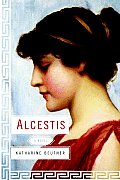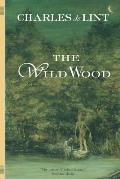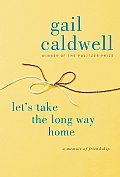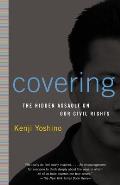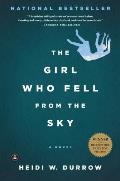Recommended to me by: David Schwartz
In Greek myth, Alcestis was the perfect wife because she stepped forward to die in place of her husband. After three days, Heracles rescued her from Hades. This book explores the raw, harsh side of the myth, starting with childbirth and death, continuing with sisterhood and death, and ending in rape and submission.
Amidst the harshness, engaging details are woven together to show a woman’s life in ancient Greece. Royal women, maids, and slaves all eat and do their hair and even visit the chamber pot.
The book is casually homophobic. A male homosexual relationship is shown in the context of adultery and cowardice. A woman is raped by another woman, and then is shown desiring her rapist.
Gods and goddesses are capriciously cruel and kind as the whim takes them, and the humans live in fear of their next display of power-over. It’s not a cosmology I would want to live with.

